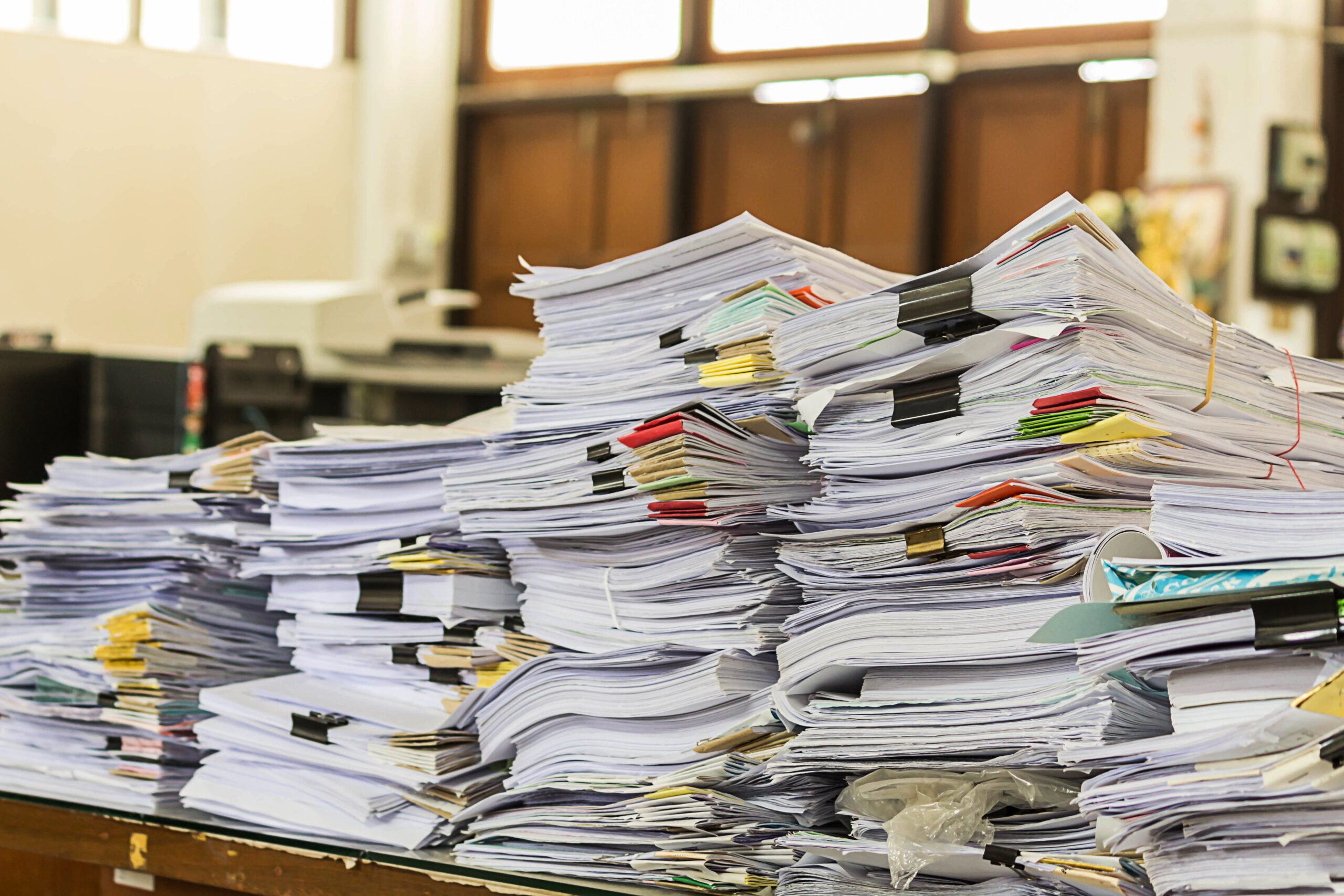05/07/2023
One month since the Unified Patent Court (“UPC”) opened its doors the UPC Administrative Committee has published some statistics on the type of actions that have been filed in the opening 4 weeks. Leading the way by quite some margin are Protective Letters, with 236 having been received by 26th June 2023.
Why so many protective letters?
This is perhaps not surprising. The cost – in both time and money – of preparing a protective letter is low. The official fee is just €200. In addition, a protective letter is a passive right, its sole purpose is to put the court on notice such that if a patentee tries to get ex parte relief – most commonly an ex parte preliminary injunction (“PI”) – there is a counter-argument on file for them to consider. In EU countries where protective letters are common place, they prove to be an effective tool in ensuring that the defendant has the right to be heard in PI proceedings. This avoids a preliminary injunction being granted against the defendant without them having a chance to defend themselves.
What can we learn from the 236 protective letters before the UPC?
Taken at face value, the statistics would indicate that 236 parties foresee the risk that a patent, not opted out of the UPC, may be enforced against them, and that the patentee will seek ex parte relief.
The reality behind these filings may be very different. Anyone can file a protective letter. As mentioned above they are cheap (€200); they expire after 6-months (if not renewed for a further €100); and they are not substantively examined. In fact, a protective letter is only considered substantively if an action involving the relevant patent is brought against the party that filed it. At this point, the protective letter will be provided to the Court for consideration prior to deciding whether a judgment should be made without the defendant being heard.
This means that there is a high chance that at least some of these 236 protective letters are just “test” letters, filed by patent attorneys and IP lawyers to understand how the system works – e.g. what, and when, notifications are received after filing a protective letter and the extent to which a protective letter is checked for “deficiencies”.
Whilst the patents to which they relate have to be real, there does not have to be any threat of litigation. Furthermore, the protective letter will not be made publicly available.
There will also, of course, be legitimate protective letters in amongst the 236. These will have been filed by parties who foresee a legitimate risk that a patentee will try to get ex parte relief. The protective letter does not have to set-out a party’s complete defence brief, but it does have to show that there is good reason for scheduling a hearing as opposed to just granting relief – e.g. a PI – ex parte. In civil law jurisdictions where protective letters are common place (most notably Germany) these arguments have tended to focus on the substantive points of the case; that the patent is invalid and/or not infringed. Before the UPC there may be more scope to bring arguments that are more familiar to common law jurisdictions such as non-urgency or no risk of irrevocable harm such that a PI without a hearing is not justified.
Irrespective of the arguments the defendant might choose to include, experience before national courts suggests that a focussed letter, briefly setting out the defence arguments, should be sufficient to ensure that an inter partes hearing is scheduled. It is not necessary to include a full statement of defence and evidence at this stage. Once a hearing has been scheduled, the protective letter has done its job and the defendant’s focus can switch to preparing a full defence brief in response to the patentee’s action.
A clash of cultures
The protective letter also highlights one of the fascinating aspects of the UPC which will see established aspects of local law bumping up against each other.
Whilst protective letters have traditionally helped to ensure that defendants have a chance to be heard before a court makes any provisional order, a saisie order has been a mainstay of French litigation helping patentees get access to evidence without any prior warning to the defendant. A saisie is an order from the court to preserve evidence that a claimant fears may be destroyed if a defendant becomes aware that proceedings are going to be brought against them. It is common in national proceedings for a saisie to be granted without any hearing.
To the best of our knowledge, the UPC will be the first patent court (at least in Europe) that supports the concept of both a saisie and a protective letter. This raises the question of how they will interact with each other.
The protective letter is intended to prevent the Court from issuing a “provisional measure” against an alleged infringer without a hearing – i.e. ex parte. Looking at the Rules of Procedure, “provisional measures” are defined in Rule 211.1 and they do not specifically refer to preservation of evidence. So based on this alone, it would appear that a protective letter may not be sufficient to prevent a saisie without a hearing.
However, Rule 194(6), which relates to the Examination of an Application for a saisie, explicitly states that “If the patent [that is] the subject of the Application is also the subject of a Protective letter pursuant to Rule 207 the applicant may withdraw the Application pursuant to paragraph 5”.
Based on this, the UPC clearly envisions that protective letters will be considered by the Court in the event of an application for a saisie. Furthermore, the reference to paragraph 5 suggests that a protective letter may be persuasive in getting the Court to inform the defendant about the application and, with reference to Rule 194(1)(a), inviting the defendant to lodge an objection to the application.
So, whilst a protective letter can never be a guarantee against either an ex parte preliminary injunction or saisie, the Rules of Procedure of the UPC clearly foresee them as a means by which an alleged infringer can significantly increase their chances of being heard in the event a patentee attempts to seek an ex parte order from the Court.
In the event you would like to learn more about protective letters before national courts or the UPC please do not hesitate to contact us for more information.
This article is for general information only. Its content is not a statement of the law on any subject and does not constitute advice. Please contact Reddie & Grose LLP for advice before taking any action in reliance on it.



